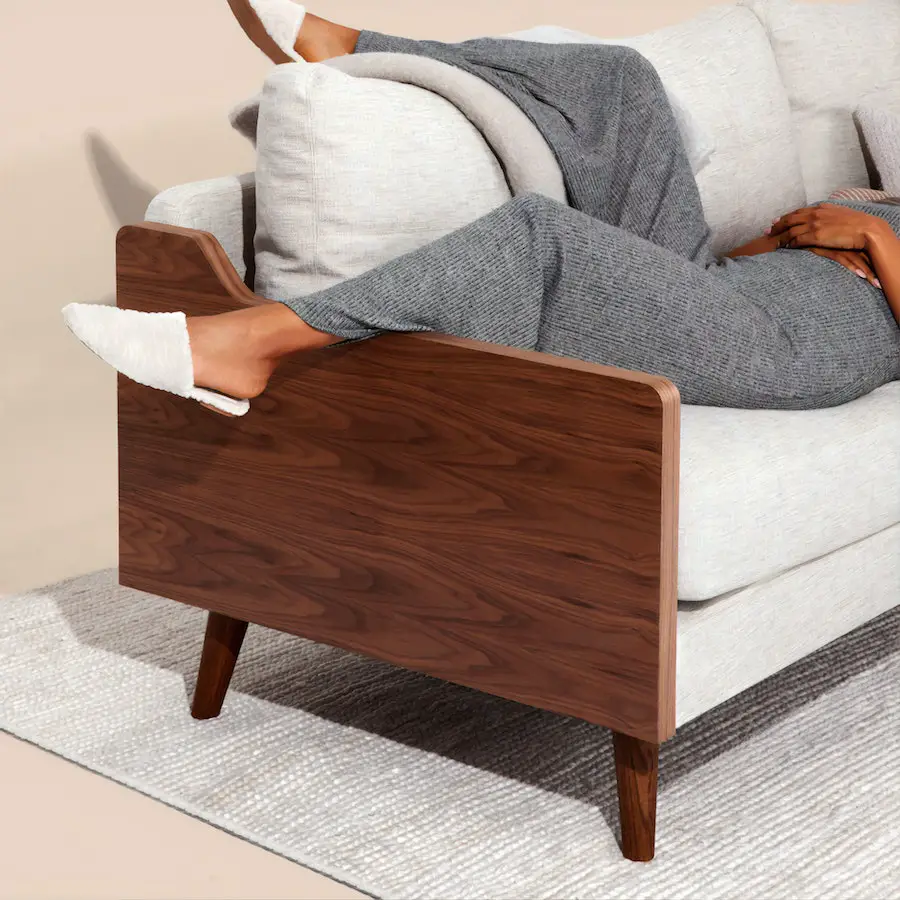
Homeowners insurance is about as easy to understand as an Ikea instruction manual, yet it is something we all require in order to protect our properties and belongings. Policies can be convoluted and difficult to read. Even if you have an existing policy in place, you might be uncertain as to what is actually covered.
While you’re probably aware of the big stuff, like your home itself, what about furniture and other personal belongings? After all, those things aren’t just meaningful, they were expensive to purchase and they’d be costly to replace. Where does homeowners insurance stand in terms of covering furniture?

Let’s start with a quick summation of homeowners insurance and the three major parts of every policy. Each part of the policy offers up a disparate type of coverage, including:
- Dwelling coverage (the structure itself) “open perils”
- Other structures coverage (driver, shed, fence) “open perils”
- Personal property and belongings (everything you own) “named perils”
When it comes to your furniture, homeowners insurance protects through personal belongings personal property coverage, as long as the furniture is destroyed in a covered way.
Does Homeowners Insurance Cover Furniture?
While protecting your home itself and outdoor structures is key, most people are as attached to their interior belongings as they are to the home itself. After all, your belongings are a culmination of the years of your life and what is most meaningful to you. Odds are, you spent weeks or months trying to find the perfect sofa or coffee table. The last thing you want is to not have your furniture covered in the event of damage.
Luckily, homeowners insurance does cover furniture under the personal belongings coverage in your standard policy. However, you’re going to want to keep a rolling inventory of your furniture, as well as photos of your furniture as it exists now. In the event of a catastrophe, you want to be able to provide insurance with a detailed list of your belongings and proof of damages.
In addition to covering furniture items, homeowners insurance will also cover other personal items lost by theft, fire, hurricane, or other insured disasters. Expensive jewelry, art furs, collectibles, and off property items are also covered. Coverage is generally 50 to 70 percent of the total insurance you have on the structure of the home. This is where a home inventory comes into play. Not only can it help to guide your coverage choices (making sure you have enough), but it can aid in the event of a total loss of home and belongings in the event of a fire.
What Types of Damage Does Personal Property Insurance Cover?
Though furniture is almost always covered by your personal property insurance, sometimes coverage can be damage specific. The damages you are covered for depends on the policy itself. There are two types of insurance policies: open peril and named peril. Each determines what damages you are covered for when it comes to personal belongings.
Named Peril Policies
If you have a standard homeowners policy, known as an HO-3, you likely have coverage based on “named” perils when it comes to furniture and belongings. Named peril policies always entail that your possessions must be wrecked by something explicitly expressed in the insurance policy in order to be claimed.
The 16 most common perils listed in the policy include:
- Lightning
- Fire
- Hail or wind
- Aircraft damage
- Explosions
- Civil disturbances
- Smoke damage
- Damage caused by a vehicle
- Theft or vandalism
- Falling objects (ie. a tree)
- Volcanic eruptions
- Damage from snow, ice, or sleet
- Water damage from plumbing, heating, or air conditioning units
- Water heater burning or cracking
- Electrical damage
- Pipe freezing
For example, let’s say a burdensome snowfall caused your ceiling to collapse falling in on your furniture, the furniture would be covered because the caustic event was a named peril. In contrast, if your neighbor’s cat sneaks into your house through an open door or a wild animal gets in and tears up your couch, the couch would not be covered because “animal damage” is not a named peril.
Policies with Open Peril
In contrast, open peril policies are devised to safeguard your furniture and belongings from literally any type of damage, as long as that damage is not explicitly precluded from your basic policy.
Generally speaking, open peril policies will not typically cover the following incidents:
- Expansion of the foundation
- Natural settling or shrinking
- Pressure from tree roots
- Earthquakes of floods
- Shoddy construction work
- Insects or vermin
- Pet damage
- Natural wear and tear
- Mold damage
- Corrosion
Let’s say you have an open policy and your furniture is damaged as a result of an earthquake. Despite the earthquake being out of your control, the furniture would not be covered by your home owners insurance. Typically, it is up to your home insurance company to decide whether or not the damage caused falls into a covered or uncovered category.

